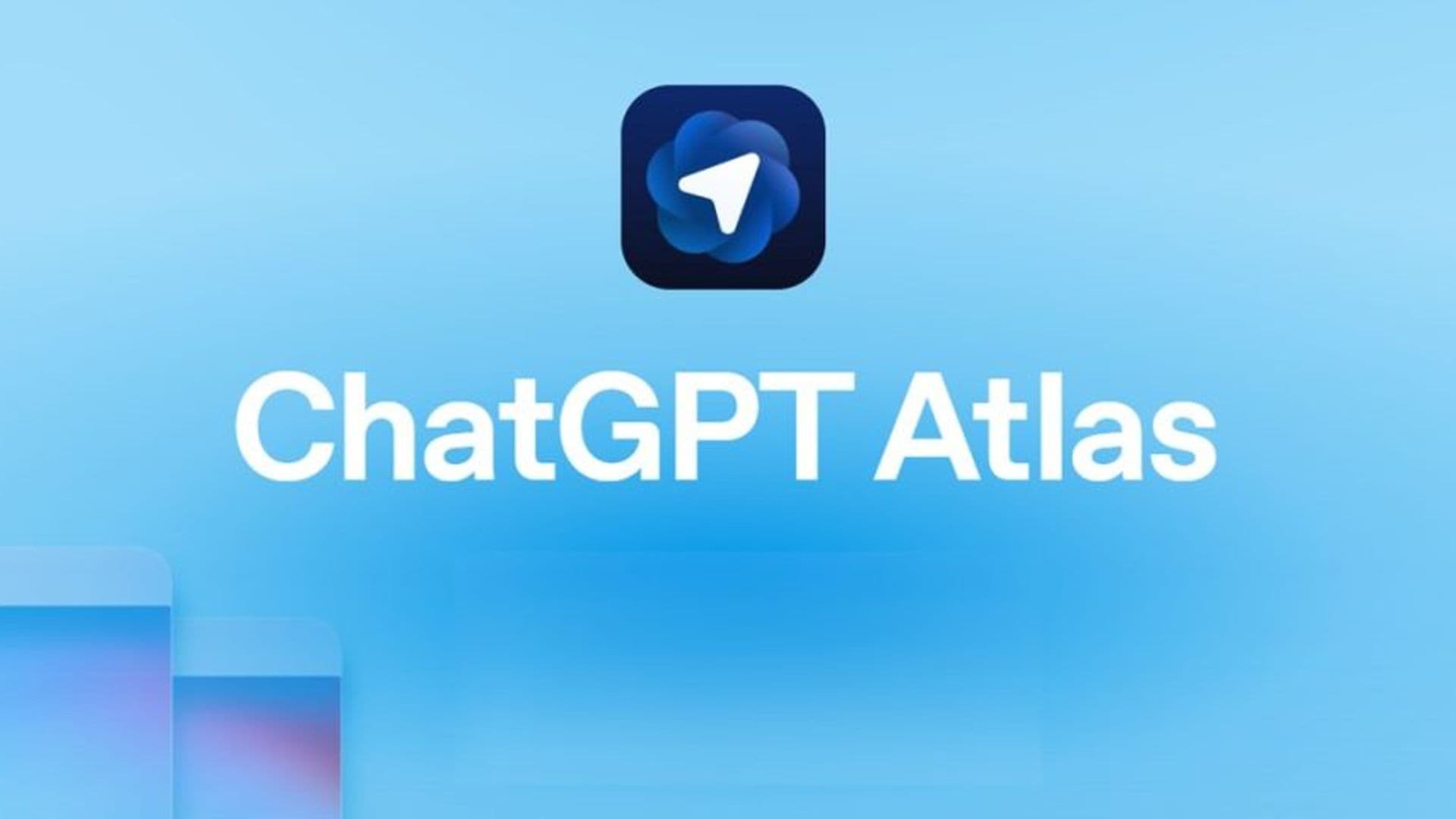
ChatGPT Agent: Your AI Superhero, Ready to Act!💫
OpenAI’s ChatGPT Agent takes AI from passive chatbot to active digital assistant automating tasks, planning, researching, coding, and more.
OpenAI’s new AgentKit lets anyone build powerful AI agents that automate not just tasks but decision-making.

On October 6, 2025, OpenAI pulled off what felt like a live hostile takeover of the automation world.
With one keynote, they dropped AgentKit — a new framework that makes it dead simple to build, test, and deploy full-on AI agents that don’t just automate — they think, act, and improve.
And with it, OpenAI just declared war on automation tools like Zapier and Make.com. With AgentKit, they’ve launched a new way to build smarter AI agents — not just workflows, but autonomous decision-makers.
AgentKit is OpenAI’s all-in-one framework to build, test, and embed autonomous AI agents — without needing backend code or complex orchestration.
It combines:
Instead of hiring a developer or writing 1,000 lines of glue code, now you:
That's it. No infrastructure. No DevOps. No waiting.
You → Describe intent → AgentKit → Agent → CRM, Email, DB → Result
The second AgentKit was announced, Quantum Zeitgeist summed it up perfectly:
“OpenAI just killed Zapier, n8n, and 1,000 AI startups, Because agents don’t just execute steps — they optimize outcomes autonomously.”
A dramatic claim? Sure.
But not far-fetched.
Let’s be real: hundreds of startups have been racing to build things like:
And now? OpenAI just gave all of that away for free — wrapped in a slick, scalable, developer-friendly ecosystem.
Zapier, Make.com, and n8n helped non-devs build automations.
But AgentKit helps anyone build agents that learn and make decisions.
This isn’t an upgrade.
It’s a total paradigm shift.
OpenAI’s vision is clear:
“In the future, most software products will be AI agents.”
That means:
Workflows automate steps.
Agents pursue goals.
That’s a huge difference.
Imagine this:
It’s Zapier… but with a brain.
This is the shift from “do what I say” to “figure out how to do what I mean.”

Here’s what’s now possible in minutes:
🔹 Sales Agent
Problem: Human reps spent hours triaging inbound emails and missed hot leads.
Approach: AgentKit filters leads, replies instantly, and schedules demos.
Result: Faster responses, higher lead conversion, and reps focus on closing.
🔹 Recruiting Assistant
Problem: Recruiters wasted days screening resumes and juggling interview scheduling.
Approach: AgentKit screens applicants, books interviews, and automates follow‑ups.
Result: Reduced time‑to‑hire and smoother candidate experience.
🔹 Internal HR Bot
Problem: Employees waited days for answers to policy or benefits questions.
Approach: AgentKit powers a 24/7 HR bot that updates records and responds instantly.
Result: Lower HR workload and higher employee satisfaction.
These used to take weeks or teams to build.
Now? One person. One hour. One click.
🧑💻 Developers
You just got superpowers. No more boilerplate. Focus on logic and value, not integrations.
🚀 Startups
Your MVPs just got 10x cheaper and 10x faster to ship — but your competitors' did too.
🧑💼 Founders
You can now launch products without engineers. Think big, start lean, move fast.
🏢 Enterprises
AgentKit could reduce dependency on IT for internal tools — but opens up risk with “shadow agents.”
💸 Investors
Time to reassess automation-focused portfolios. Look for vertical AI agents, not generic ones.
OpenAI is offering the matches.
But who's watching the fire?
AgentKit is powerful, but with that power comes real risk:
OpenAI includes access controls, logs, and scopes — but it’s still early.
For enterprise adoption to scale, guardrails will need to be rock solid.
OpenAI didn’t just drop AgentKit.
They fired the starting gun for a new kind of software.
This is AI-native development.
And the implications are massive.
If you’re building workflows, automations, or SaaS tools — you’re not just in competition with other startups anymore.
You’re in competition with what people can build in an afternoon with OpenAI.
Continue exploring these related topics

OpenAI’s ChatGPT Agent takes AI from passive chatbot to active digital assistant automating tasks, planning, researching, coding, and more.

Discover OpenAI’s ChatGPT Atlas, the world’s first AI-native browser integrating ChatGPT, memory, and agent actions—now available on macOS.

Discover ChatGPT Pulse by OpenAI - a proactive AI that delivers personalized morning briefs with news, updates, and daily insights.